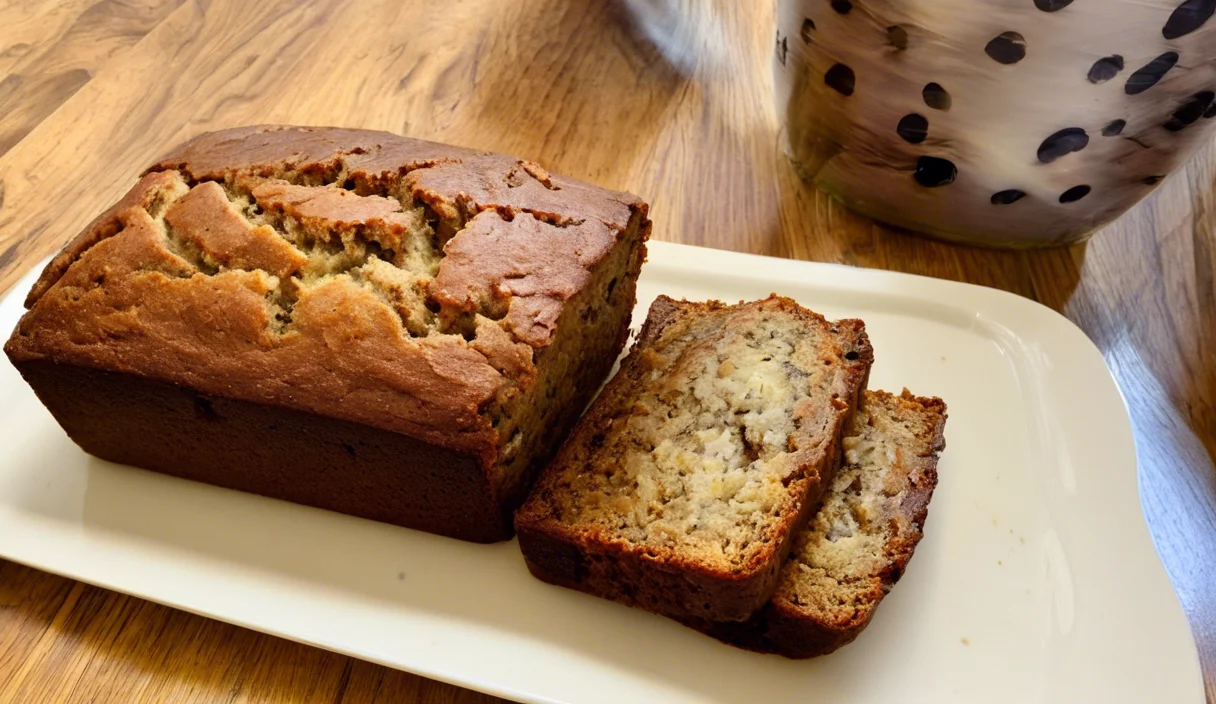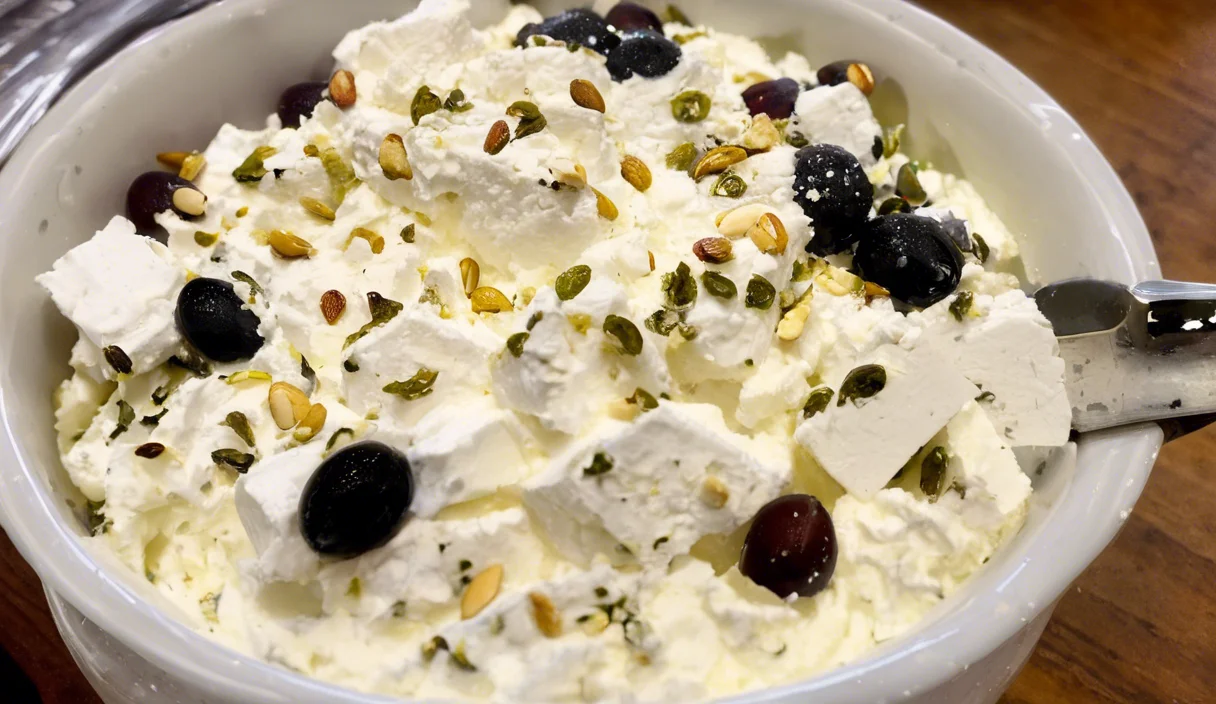Brining is a transformative culinary technique that elevates your chicken dishes to new heights, ensuring they are juicy, tender, and packed with flavor. This chicken brine recipe infuses moisture and seasoning deep into the meat, making every bite succulent and satisfying. Whether you’re roasting, grilling, or frying, this comprehensive guide provides everything you need to create the perfect chicken every time.
The Science Behind Brining: Why Use a Chicken Brine Recipe?
Brining works through osmosis, where the chicken absorbs the brine solution, which includes water, salt, and often sugar. The salt in the brine breaks down some of the muscle proteins in the chicken, allowing it to absorb and retain more moisture. As a result, the chicken becomes juicier and deeply seasoned, ensuring that every bite is flavorful.
Benefits of Brining:
Moisture Retention: Brining helps the chicken retain moisture during cooking, especially beneficial for lean cuts like the breast.
Enhanced Flavor: The brine can be infused with various herbs, spices, and aromatics, allowing the flavors to penetrate deep into the meat.
Tenderization: The salt in the brine breaks down muscle proteins, making the meat more tender.
Basic Chicken Brine Recipe
Here’s a straightforward chicken brine recipe that serves as the foundation for many delicious variations. To understand more about the basics, you can explore this guide on What is the Simple Brine Formula.
Instructions:
Dissolve the Salt and Sugar: Start by heating the water in a large pot. Add the kosher salt and sugar, stirring until both dissolve completely. Heating ensures the salt and sugar dissolve more quickly and evenly.
Cool the Brine: After dissolving, remove the pot from heat and allow the brine to cool to room temperature. Cooling is crucial because adding chicken to hot brine could partially cook it, affecting the texture.
Submerge the Chicken: Place the chicken in a large, non-reactive container, and pour the cooled brine over it, ensuring the chicken is fully submerged. Refrigerate for at least 4 hours and up to 24 hours, depending on the size of the chicken pieces.
Customizing Your Chicken Brine Recipe
While the basic recipe is effective on its own, adding aromatics, herbs, and other ingredients significantly enhances the flavor profile of your chicken. Here are some common additions:
- Garlic: Crushed garlic cloves add a robust, savory element.
- Bay Leaves: These provide a subtle, earthy aroma that complements poultry well.
- Peppercorns: Whole black peppercorns contribute a gentle spiciness.
- Herbs: Fresh herbs like thyme, rosemary, or parsley add a fragrant, herbaceous note.
- Citrus: Slices of lemon, lime, or orange introduce a bright, tangy flavor that balances the richness of the meat.
Simply add these ingredients to the brine after the salt and sugar have dissolved. Allow the brine to steep with these additions for about 5 minutes before cooling it down.
Specialized Chicken Brine Variations
Depending on your culinary goals, experiment with these unique brine variations:
- Herb-Infused Brine: Add a handful of fresh herbs like rosemary, thyme, and parsley for a deeply aromatic chicken that’s perfect for roasting. The fresh herbs infuse the chicken with subtle but distinctive flavors, making the dish more complex and satisfying. This herb-infused brine can also be adapted for other meats like steaks, creating a robust flavor profile similar to this Tomahawk Steak Recipe.
- Citrus Brine: Incorporate slices of lemon, lime, or orange along with freshly squeezed juice for a bright, zesty brine. This variation is particularly effective for grilled chicken, where the citrus flavors can complement the smoky char. The citrus notes in this brine can provide a refreshing balance, similar to the bright flavors found in these Orange Creamsicle Flavors.
In fact, the bright and zesty notes of this brine may remind you of the nostalgic flavors of Orange Creamsicle Ice Cream, adding a summery twist to your grilled chicken.
- Spicy Brine: For those who enjoy a kick, add a few slices of jalapeno or a teaspoon of red pepper flakes. This brine infuses the chicken with a subtle heat that enhances its overall flavor without overwhelming it.
- Asian-Inspired Brine: Add soy sauce, ginger slices, and a touch of sesame oil to create an umami-rich, savory brine that’s perfect for dishes like stir-fried or grilled chicken. The soy sauce provides depth, while the ginger adds a slight zing, and the sesame oil rounds out the flavor with a nutty finish.
Detailed Guide to Brining Chicken
Prepare the Brine: As discussed, start by dissolving salt and sugar in water. Add any additional herbs, spices, or aromatics you prefer.
Cool the Brine: Cooling the brine completely before adding the chicken is crucial. To speed up this process, add ice cubes after dissolving the salt and sugar.
Submerge and Refrigerate: Ensure the chicken is fully submerged in the brine. Cover and refrigerate for at least 4 hours and up to 24 hours, depending on the size of the chicken and desired intensity of flavor.
Rinse and Dry: After brining, remove the chicken and rinse it under cold water to remove excess salt. Pat the chicken dry with paper towels, especially if you want to achieve crispy skin.
Cook as Desired: Your brined chicken is now ready for cooking. Whether you choose to roast, grill, or fry, the brining process ensures it will be juicy and flavorful.
Cooking Methods for Brined Chicken
Different cooking methods bring out unique qualities in brined chicken. Here’s how to maximize your results with each technique:
- Roasting: Roasting is a classic method that allows the chicken to develop a crispy skin while keeping the interior moist. Preheat your oven to 425°F, then lower to 375°F after placing the chicken inside. This high-heat start helps to lock in moisture and create a beautiful golden skin.
- Grilling: Grilling brined chicken over medium heat allows the exterior to char while maintaining a juicy interior. Oil the grill grates to prevent sticking, and turn the chicken frequently for even cooking.
For an advanced technique, you might also consider a reverse sear, a method commonly used for steaks like in this Reverse Sear Tomahawk Steak recipe.
- Frying: For a Southern-style treat, deep-frying brined chicken produces a crispy, golden crust while ensuring the meat stays tender and moist inside. Pat the chicken completely dry before frying to prevent oil splatters.
- Smoking: Smoking adds a rich, deep flavor to brined chicken. The low-and-slow cooking process, combined with the brine’s moisture retention, results in incredibly tender and flavorful meat. Use hardwoods like hickory or applewood for the best results.
Common Questions About Chicken Brining
- Can you reuse chicken brine?
No, reusing brine after it has been in contact with raw poultry is unsafe. The brine should be discarded after use to avoid the risk of bacterial contamination. - How long should you brine chicken?
The general rule is to brine chicken for a minimum of 4 hours and a maximum of 24 hours, depending on the size of the chicken. Over-brining can lead to an overly salty flavor and an unpleasant texture. - Do you need to rinse the chicken after brining?
Yes, rinsing is essential to remove excess salt from the surface of the chicken. Failing to do so can result in an overly salty dish and prevent the skin from crisping up properly during cooking. - What happens if you don’t rinse the chicken after brining?
Not rinsing the chicken can lead to an overly salty flavor and a sticky texture. Additionally, any residual salt on the surface can prevent the chicken skin from crisping up during roasting or frying. - Can you freeze brined chicken?
Freezing raw chicken after brining is generally not recommended because the freezing process can alter the texture of the meat. However, you can freeze cooked brined chicken without any issues.
Flavorful Alternatives for a More Natural Taste
- Milder Brine: For those who prefer a gentler seasoning, consider reducing the salt in your brine. This allows the natural flavors of the chicken and added herbs to shine through more subtly.
- Alternative Sweeteners: Experiment with natural sweeteners like honey, agave syrup, or maple syrup. These ingredients introduce a unique depth of flavor and a delicate sweetness to the brine, enhancing the overall taste of the chicken.
- Premium Poultry Choices: Opting for organic or free-range chicken can elevate the flavor of your dish. These chickens are often raised with care, leading to a richer, more robust taste that pairs well with brining.
Historical and Cultural Significance of Brining
Brining has a rich history and is used in various cultures worldwide. In Nordic countries, people traditionally used brining to preserve fish and meat, especially during long winters when fresh food was scarce. This method allowed communities to store protein-rich foods for extended periods.
In the Southern United States, brining plays a key role in making fried chicken, a dish that has become synonymous with Southern cuisine. The process helps create the juicy, flavorful chicken that is a hallmark of this beloved comfort food.
Brining is also essential in making corned beef, a dish with deep roots in Irish and Jewish culinary traditions. Today, people use brining more for flavor enhancement than preservation, making it a staple technique in modern kitchens worldwide.
Pairing Suggestions for Brined Chicken
Brined chicken pairs beautifully with a variety of side dishes, enhancing the range of flavors on your plate. Here are some delicious pairing ideas to complement your brined chicken:
- Roasted Vegetables: The caramelized sweetness of roasted vegetables like carrots, parsnips, and Brussels sprouts perfectly complements the savory and tender brined chicken.
- Creamy Mashed Potatoes: This classic side dish pairs wonderfully with the rich, moist texture of brined chicken, offering a creamy contrast to the crispy skin.
- Rice Pilaf: A fragrant rice pilaf with herbs and toasted nuts adds an elegant touch to your meal and absorbs any delicious juices from the chicken.
- Fresh Salads: A crisp salad with a tangy vinaigrette can provide a refreshing counterbalance to the rich flavors of brined chicken, making the meal feel lighter and more balanced.
- Crusty Bread: Warm, crusty bread is perfect for soaking up any extra juices, ensuring that none of the flavorful brine is wasted.
For dessert, consider something light and refreshing like an ice cream or creamsicle, and if you’re curious about the differences, here’s a great resource on the Difference Between Ice Cream and Creamsicle.
Avoiding Common Mistakes in Brining
Brining works through a process known as brining, where the chicken absorbs a solution of water, salt, and often sugar, allowing moisture and flavor to penetrate deep into the meat.
- Over-Brining: Leaving the chicken in the brine for too long can result in an overly salty and mushy texture. Stick to the recommended time frame of 4 to 24 hours.
- Not Cooling the Brine: Adding chicken to a hot brine can start cooking the meat prematurely, leading to uneven texture and potential food safety issues. Always cool the brine completely before submerging the chicken.
- Inadequate Rinsing: Failing to rinse the chicken thoroughly after brining can lead to an excessively salty final dish. Ensure you rinse the chicken well and pat it dry before cooking.
- Improper Storage: If the chicken isn’t fully submerged or the container isn’t properly sealed, it can lead to uneven brining and potential spoilage. Make sure the chicken is fully covered in the brine and stored in a sealed, non-reactive container in the refrigerator.
Final Thoughts on Using a Chicken Brine Recipe
Brining is a simple yet effective technique that drastically improves the quality of your chicken dishes. Whether you’re preparing a simple weeknight meal or hosting a special dinner, incorporating a chicken brine recipe into your cooking routine will ensure that your poultry is always juicy, tender, and flavorful. By experimenting with different herbs, spices, and brine variations, you can customize the flavor to suit any dish or occasion.
So, the next time you plan to cook chicken, remember to brine it first—your taste buds will thank you!





